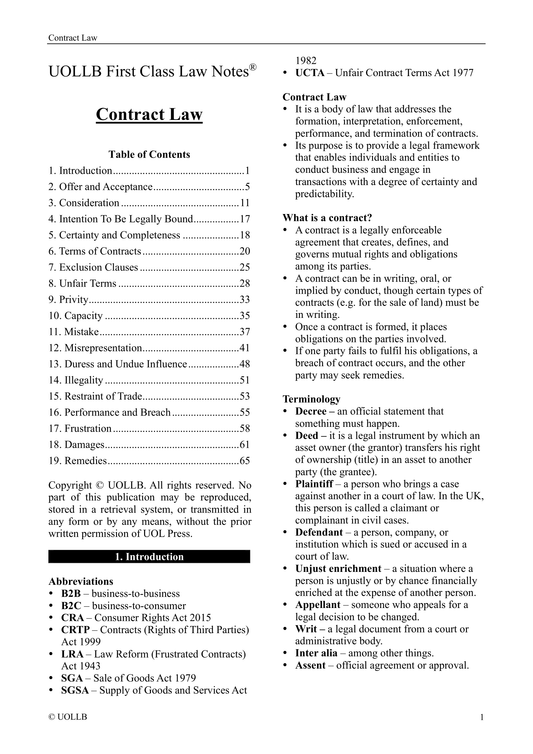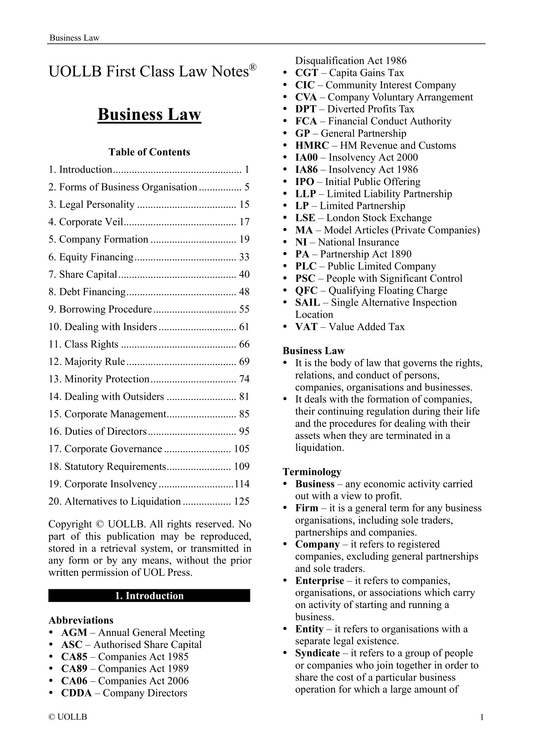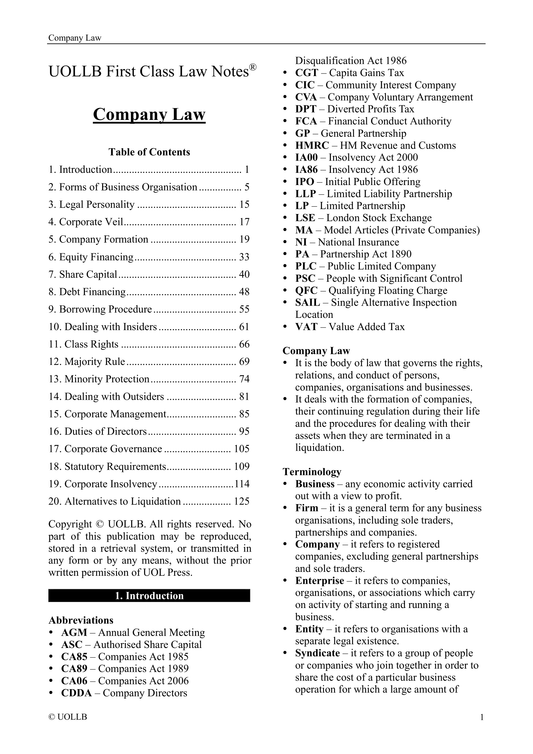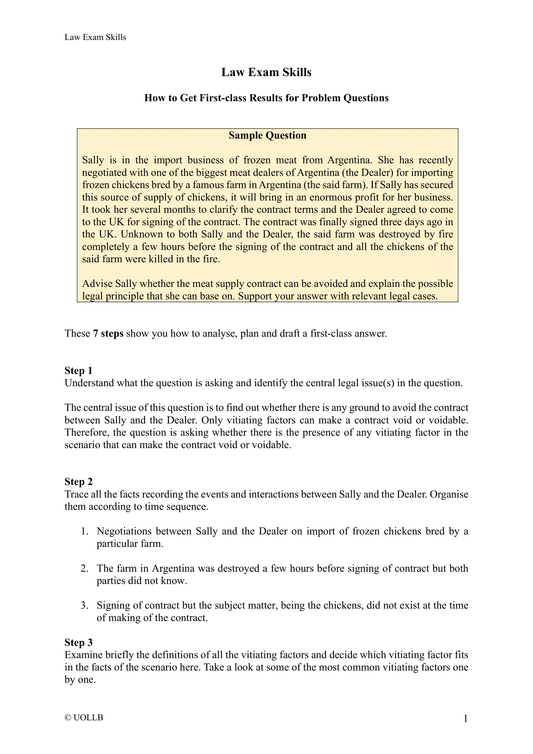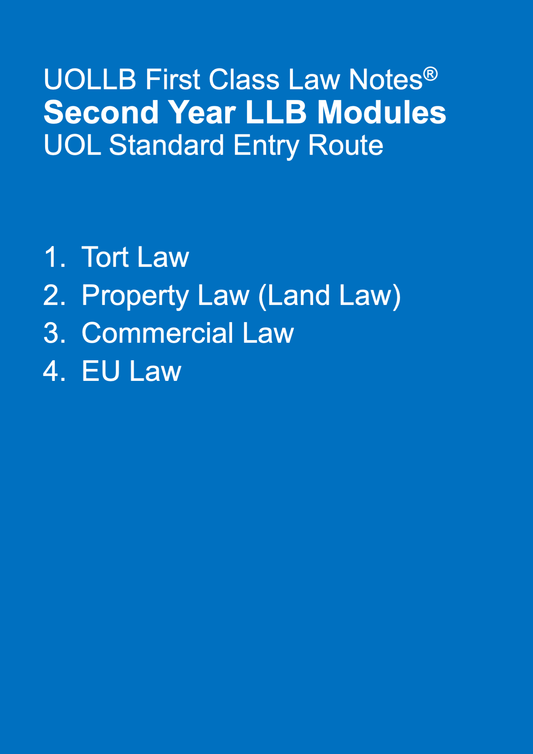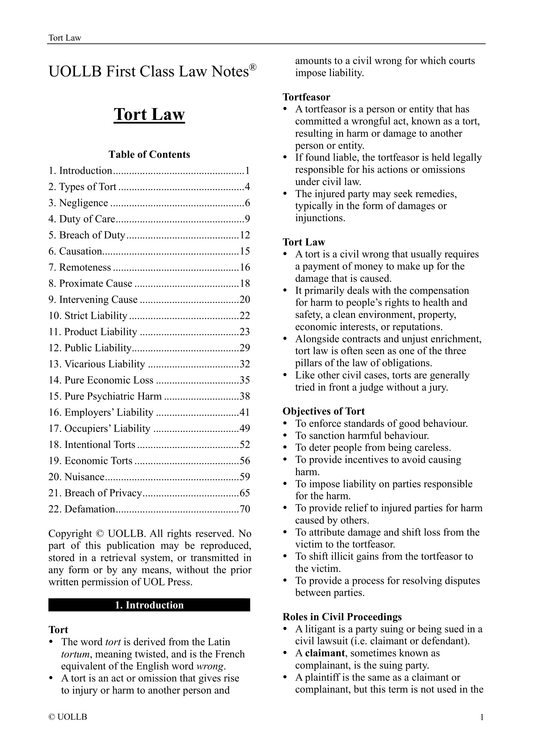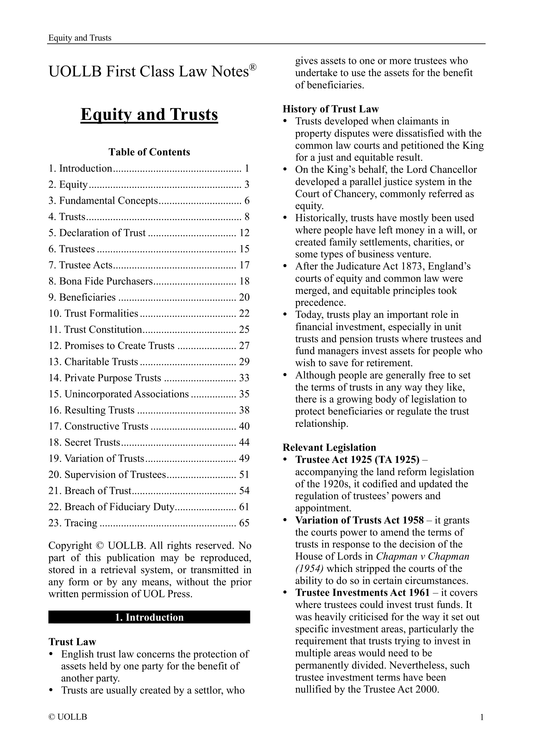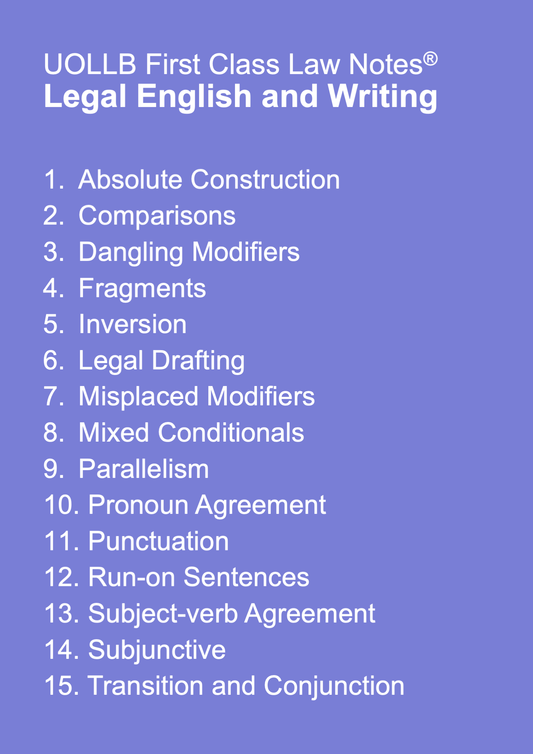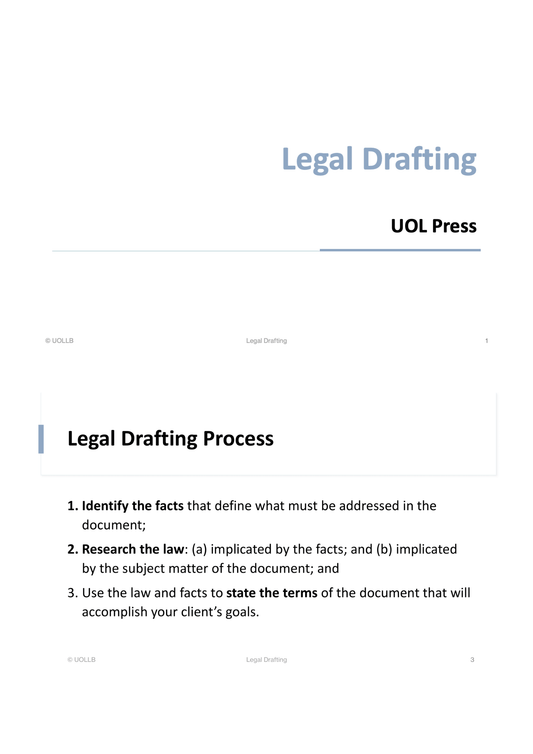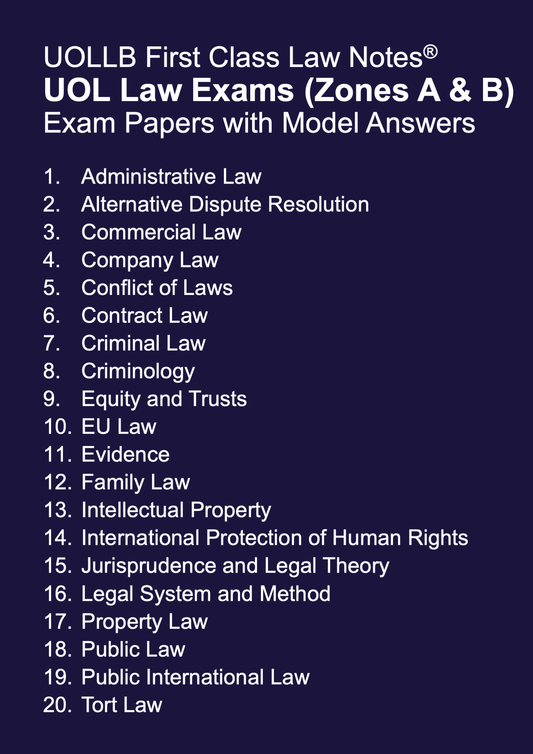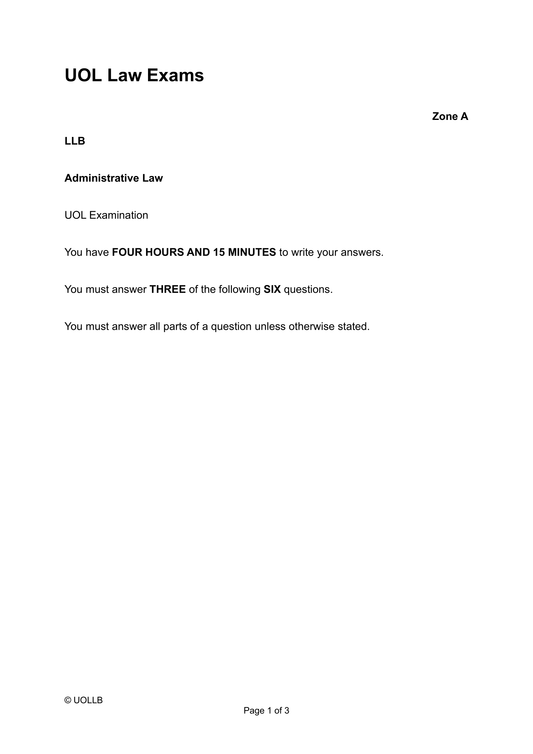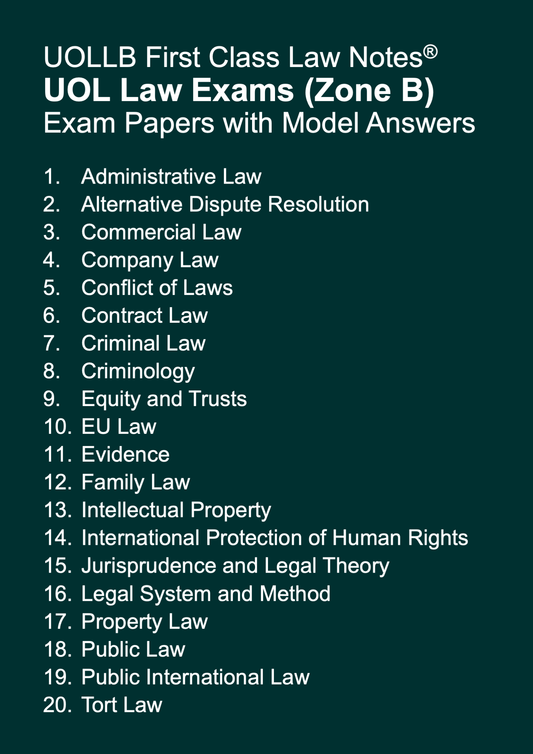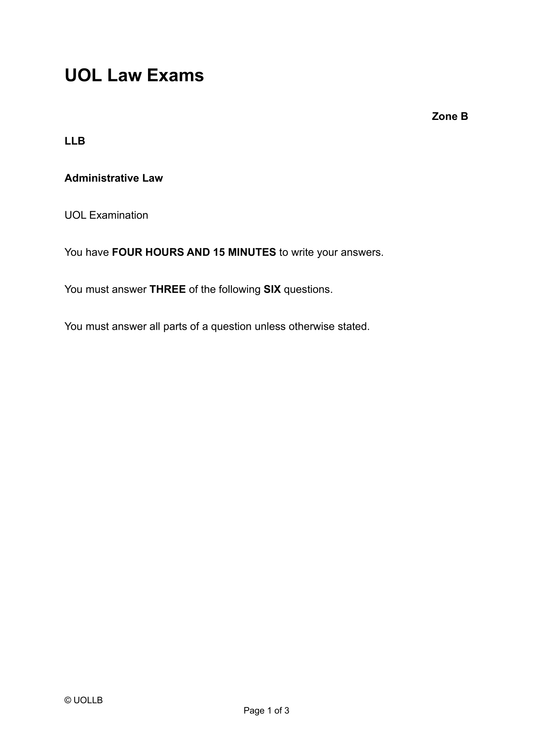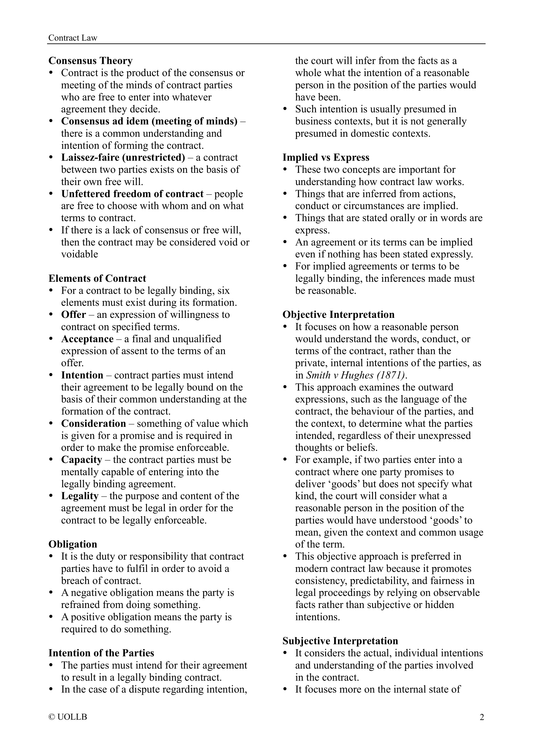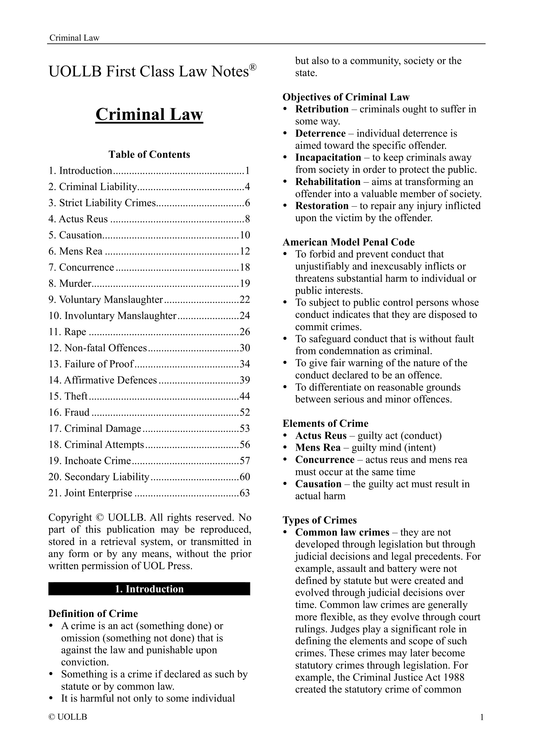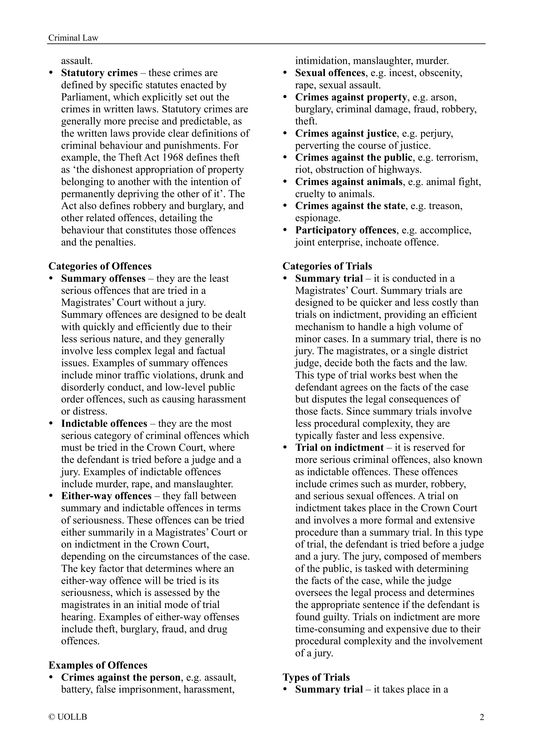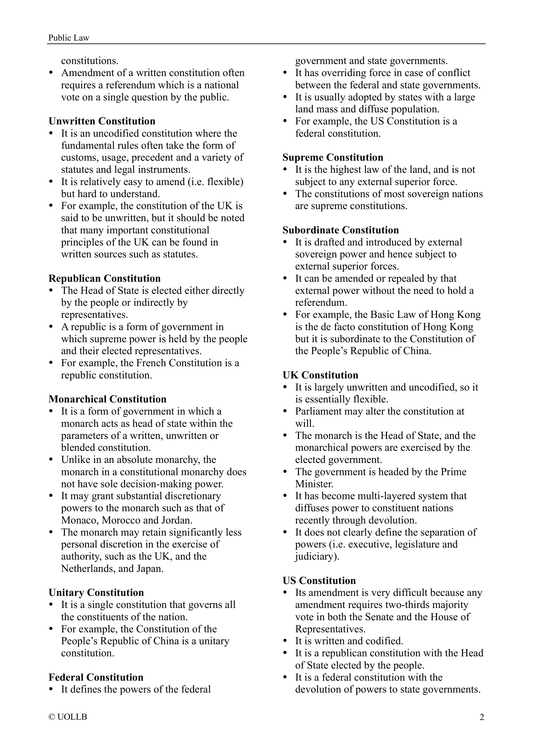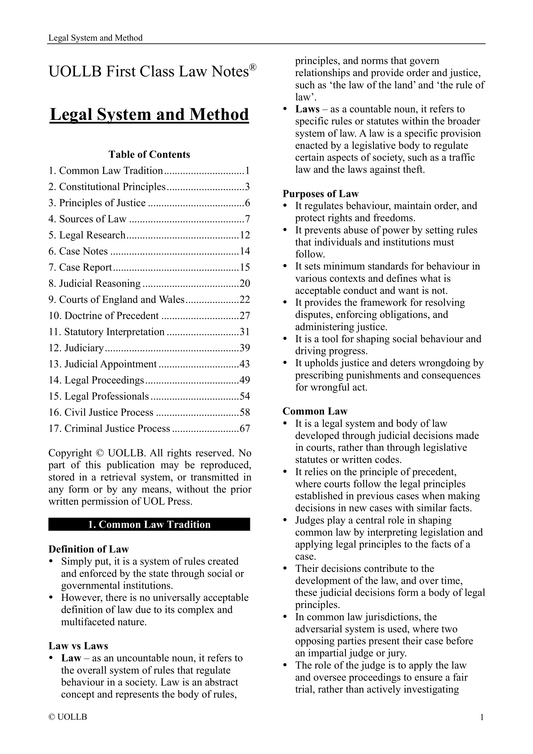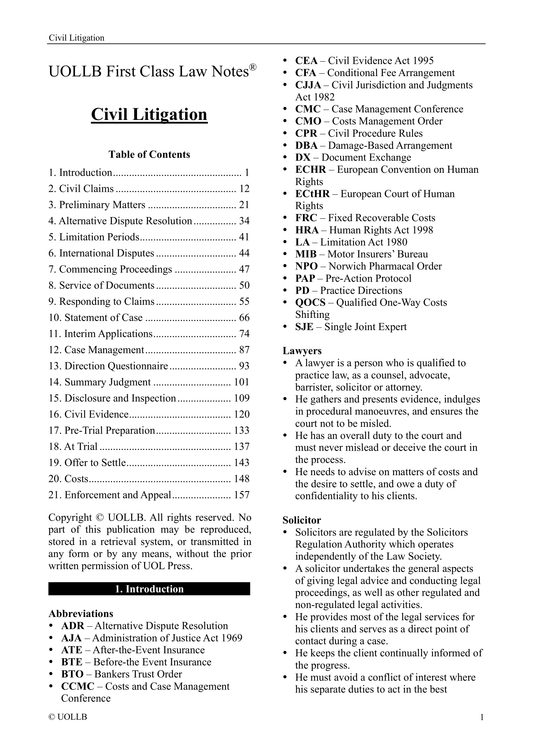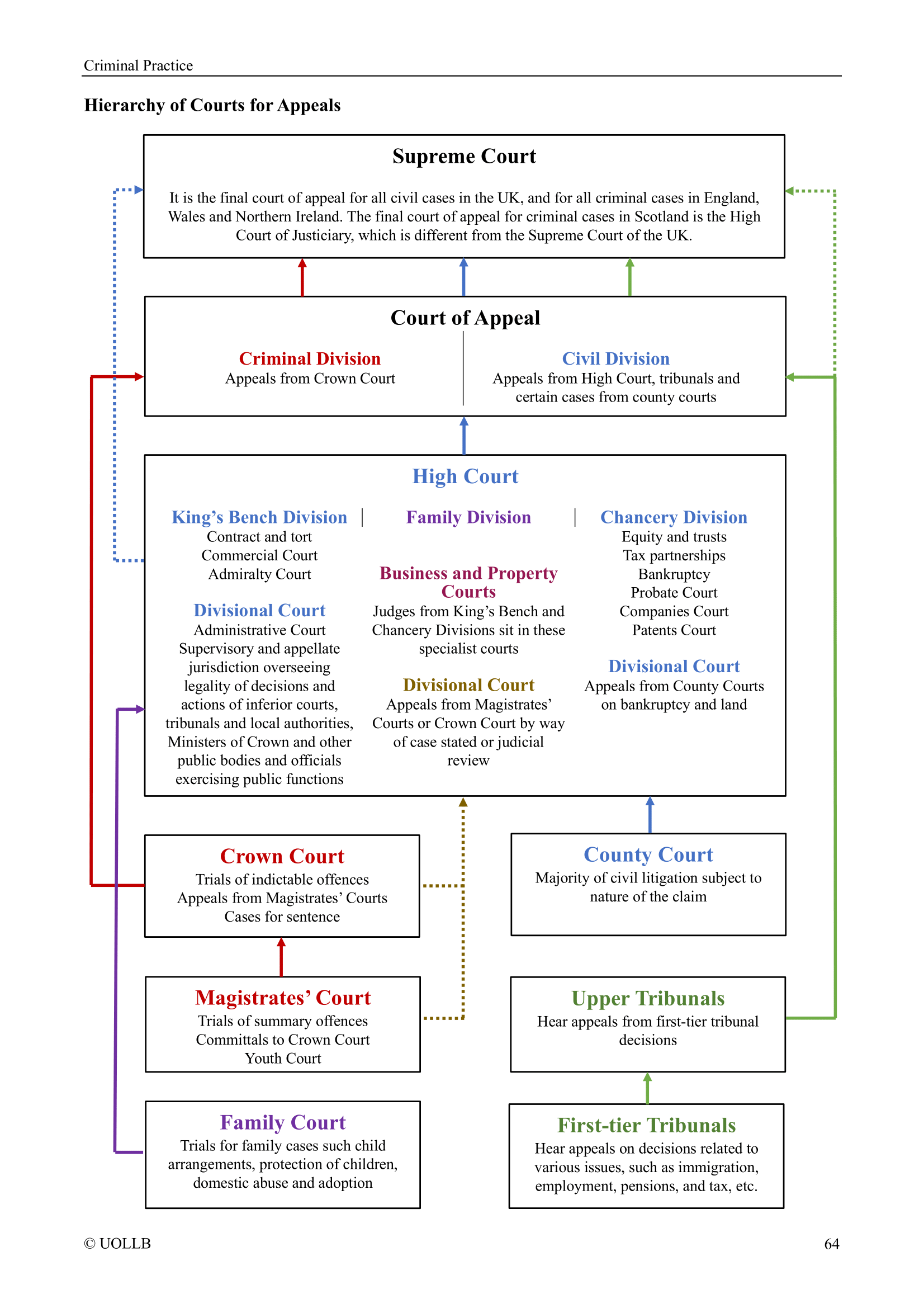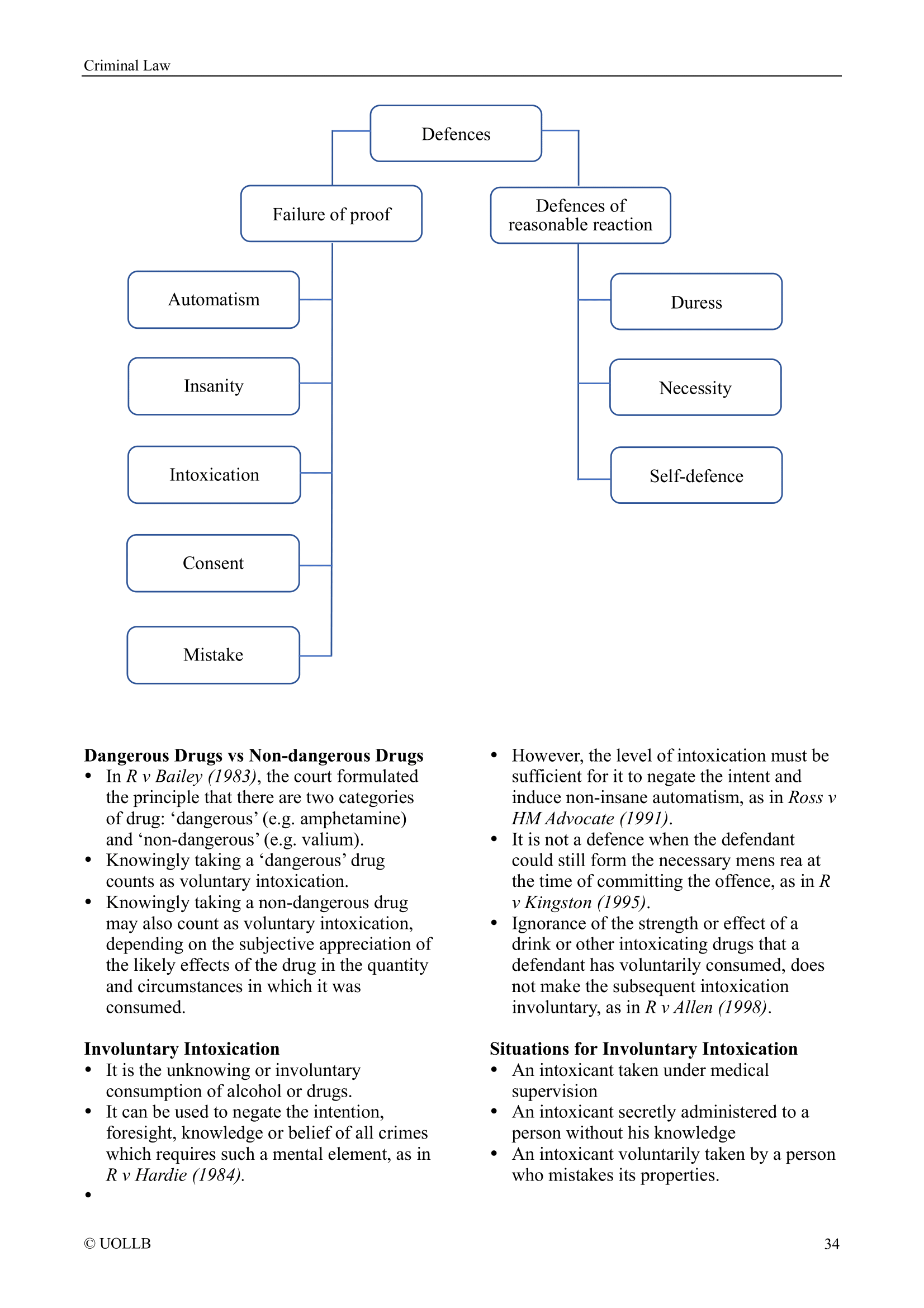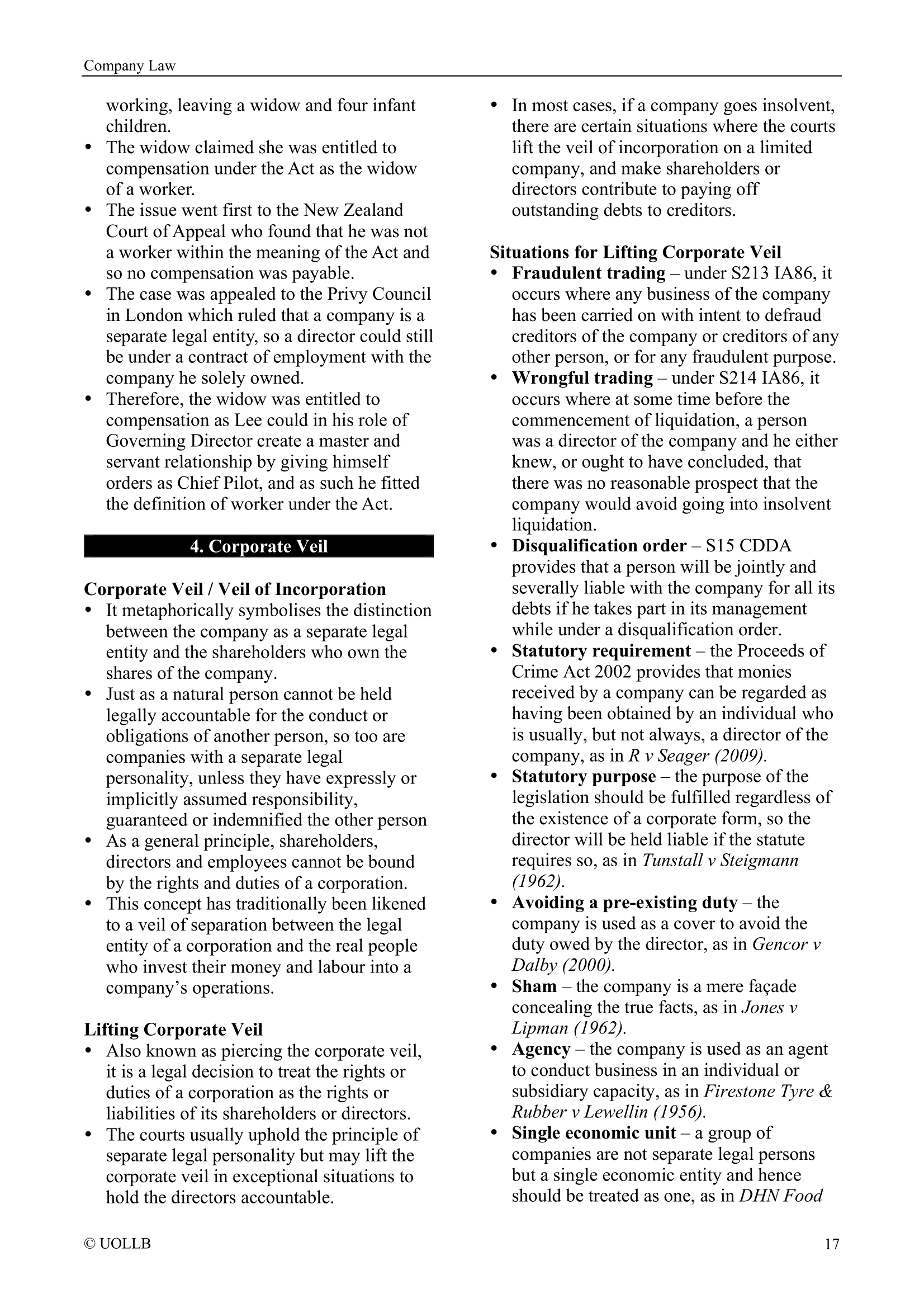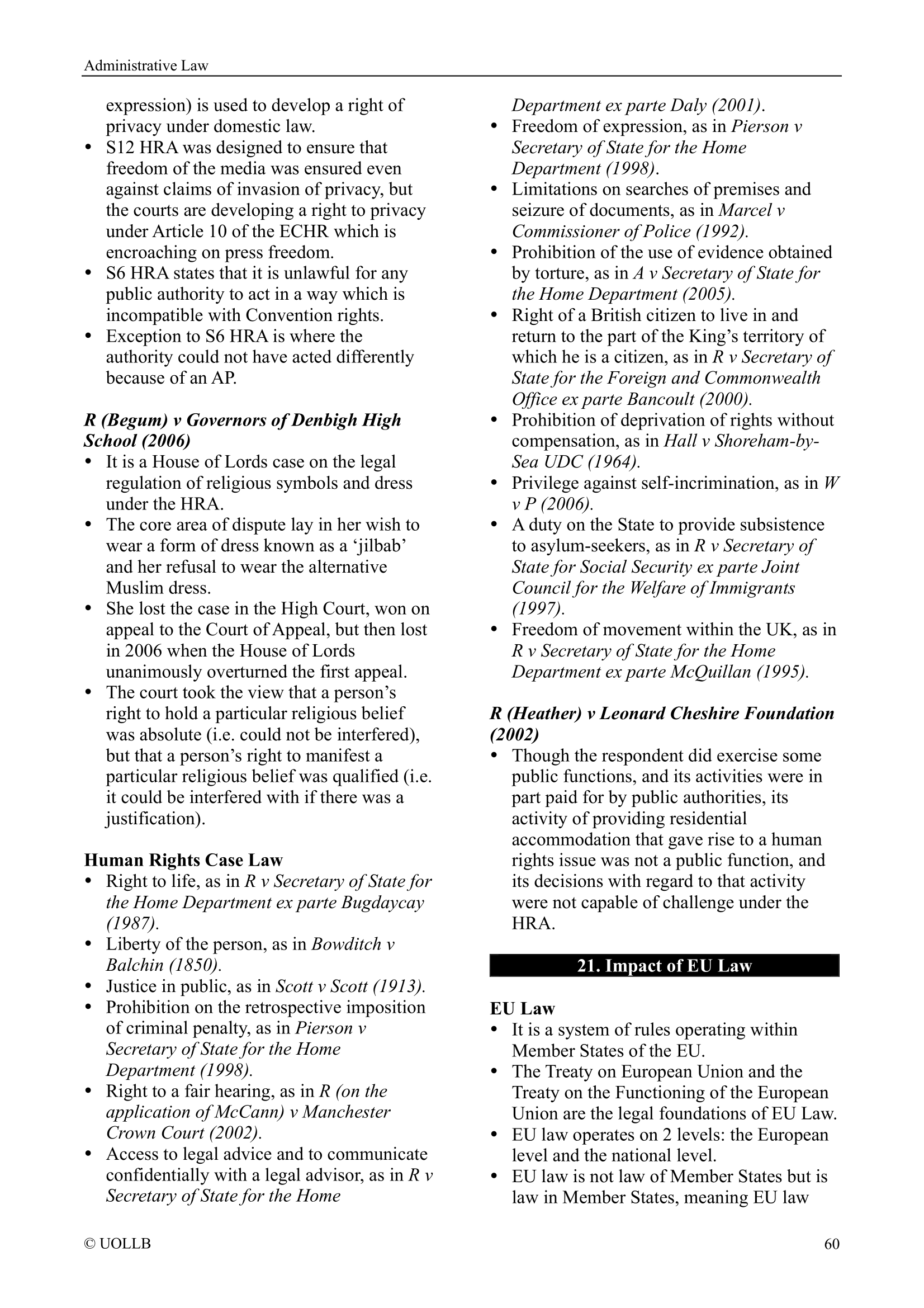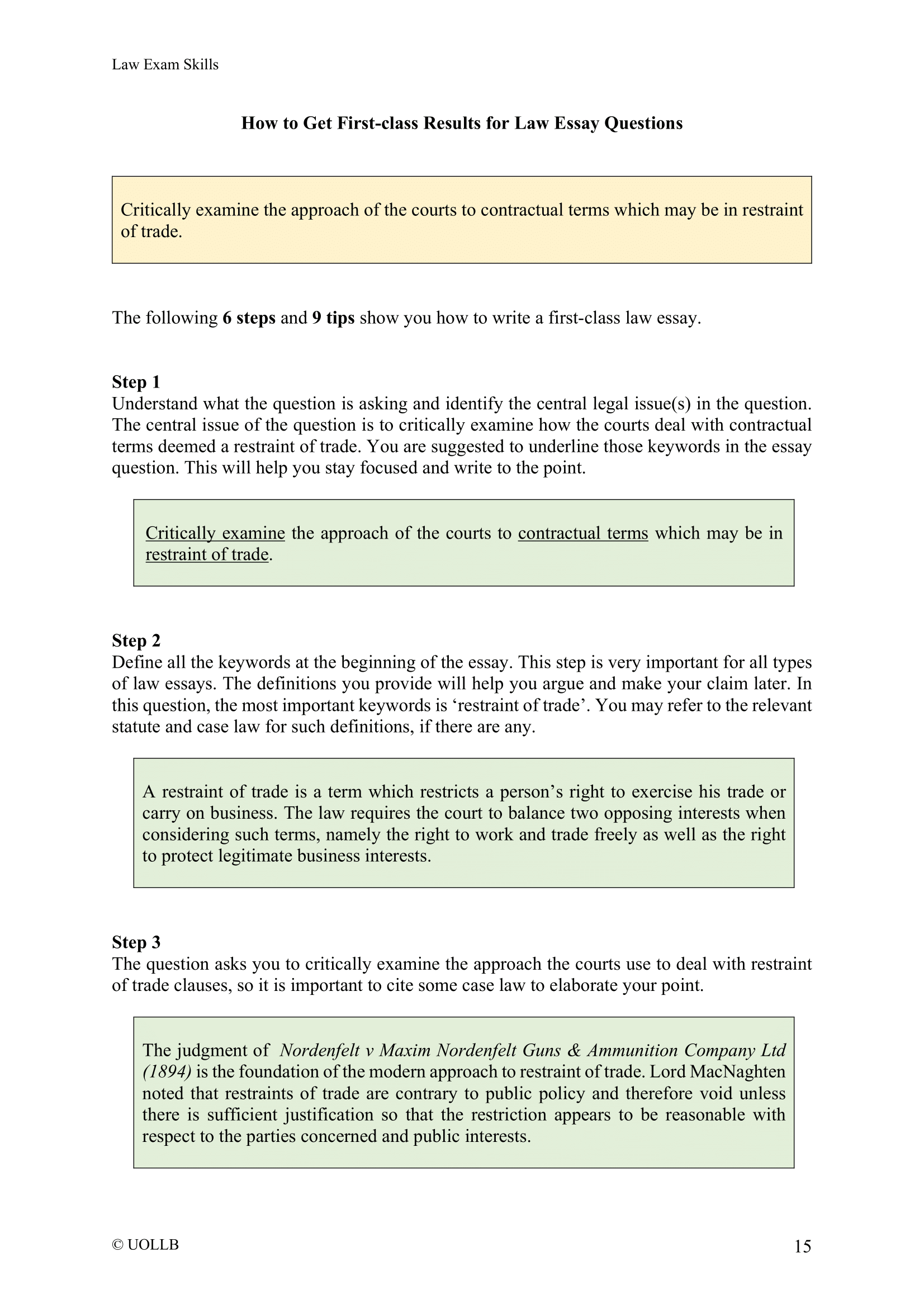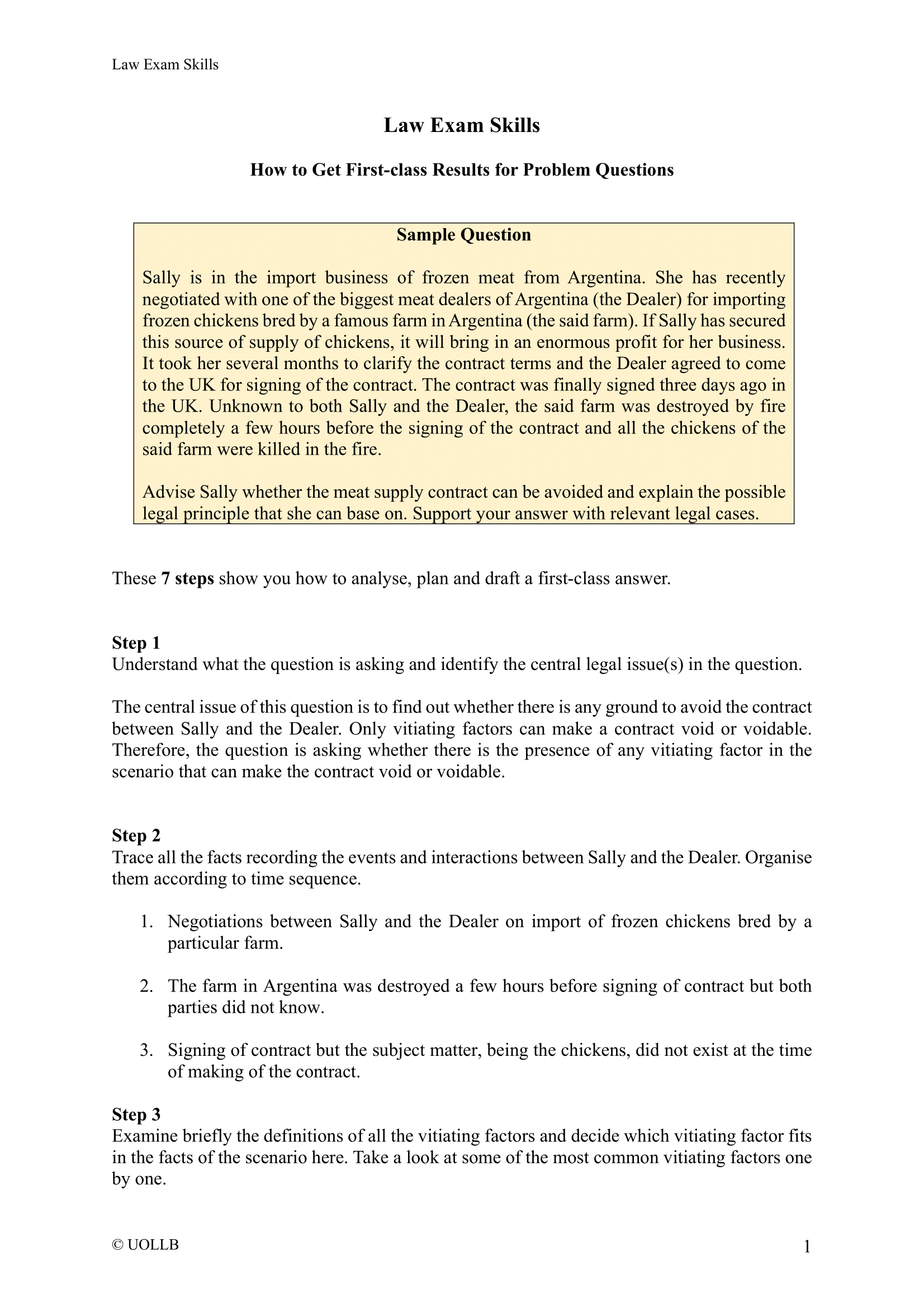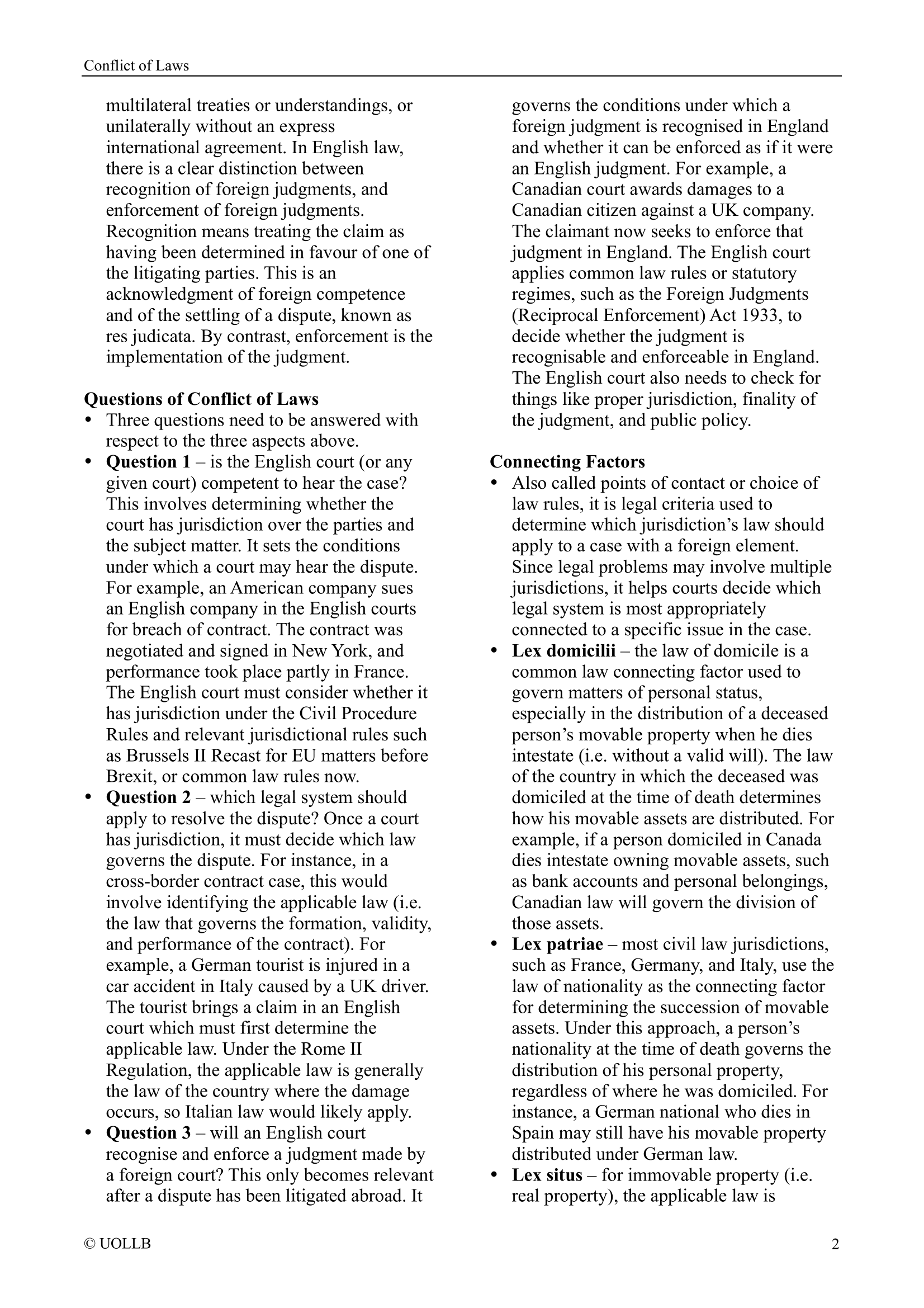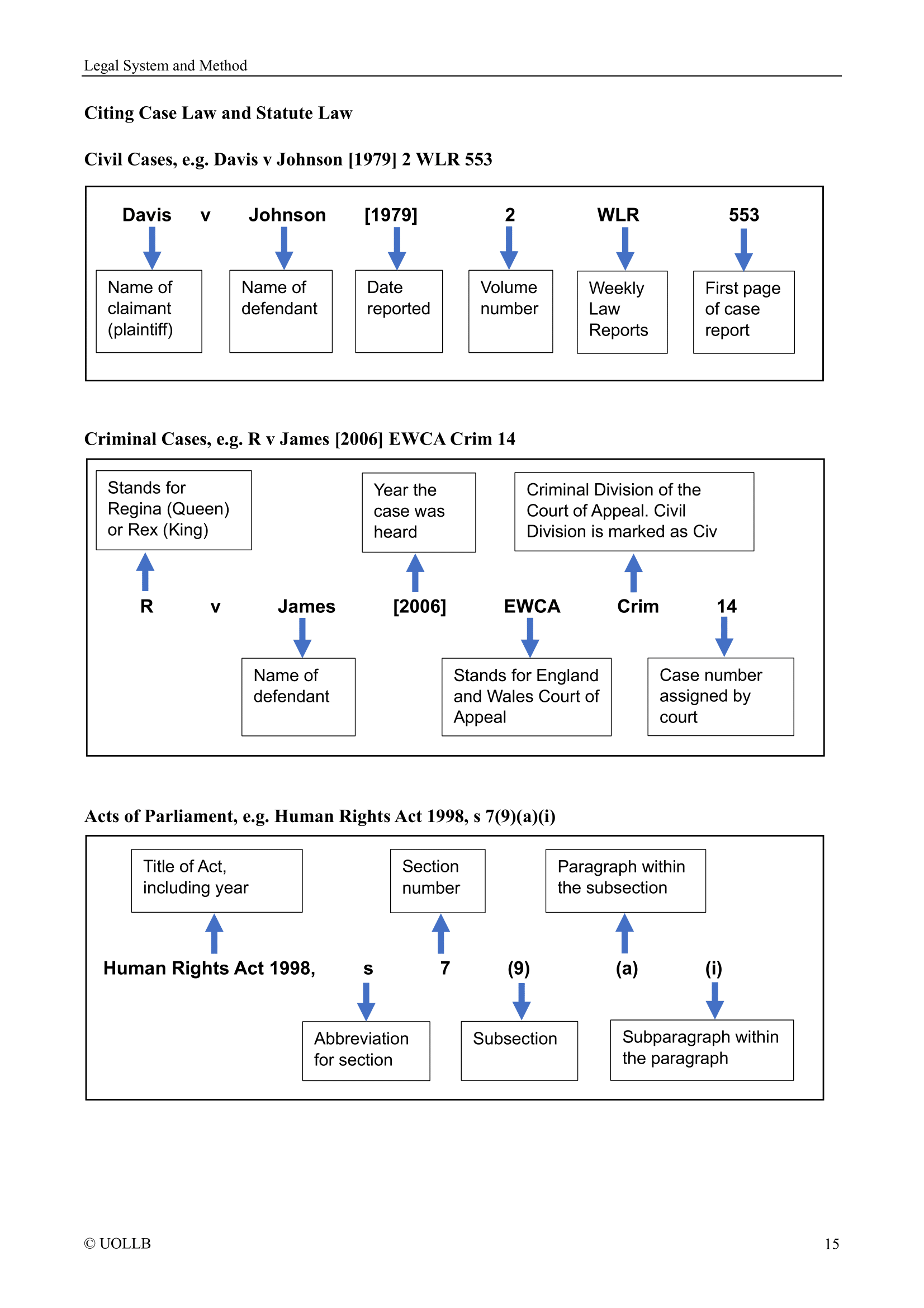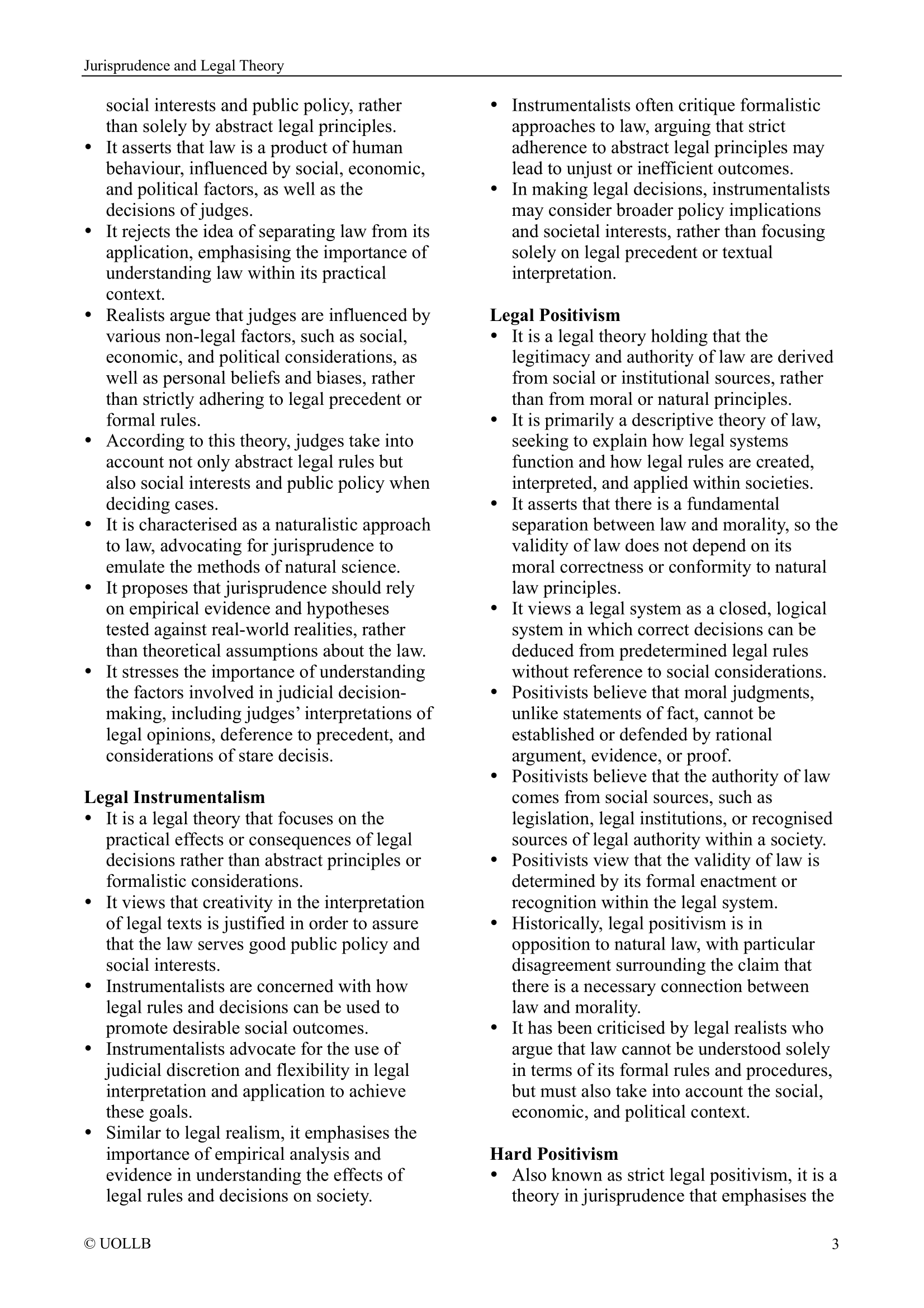Haystead v CC Derbyshire [2000]
Share
Haystead v CC Derbyshire [2000] 3 All ER 890 presented a unique scenario challenging traditional notions of battery. In this case, the defendant punched a woman who was holding her baby. The force of the punch caused the woman to drop the baby onto the floor, leading to the defendant being charged with battery against the baby.
The central legal issue revolved around the requirement for battery and whether it necessitated the direct application of force through physical contact or a medium controlled by the defendant. The defendant appealed, contending that battery should involve direct physical contact with the victim or a medium under the control of the accused, such as a weapon.
The Divisional Court dismissed the appeal, providing crucial insights into the scope of battery. Laws LJ, delivering the judgment, established a significant precedent. The key finding was that, as a general principle, battery did not mandate the direct application of force. The court recognised that the force could be applied through a medium, even if that medium was a person other than the victim.
Laws LJ highlighted the essence of the case, emphasising that the force applied was transmitted through the mother as a medium. In this instance, the mother dropping the baby was a direct consequence of the force exerted by the defendant. The judgment rejected the notion that battery must involve direct physical contact with the victim or a controlled medium, such as a weapon.
The court underscored that there was no substantial distinction between using a person as the relevant medium (in this case, the mother) and using a weapon. The crucial difference, if any, lay in intention versus recklessness. While using a weapon might involve intention, the defendant's actions, leading to the baby being dropped, were deemed reckless.
This case expanded the traditional understanding of battery, acknowledging that the force need not be directly applied to the victim. This nuanced interpretation considered the consequences of the force exerted through an intermediary, paving the way for a more comprehensive understanding of battery in cases where a person other than the victim serves as the medium for force transmission.

